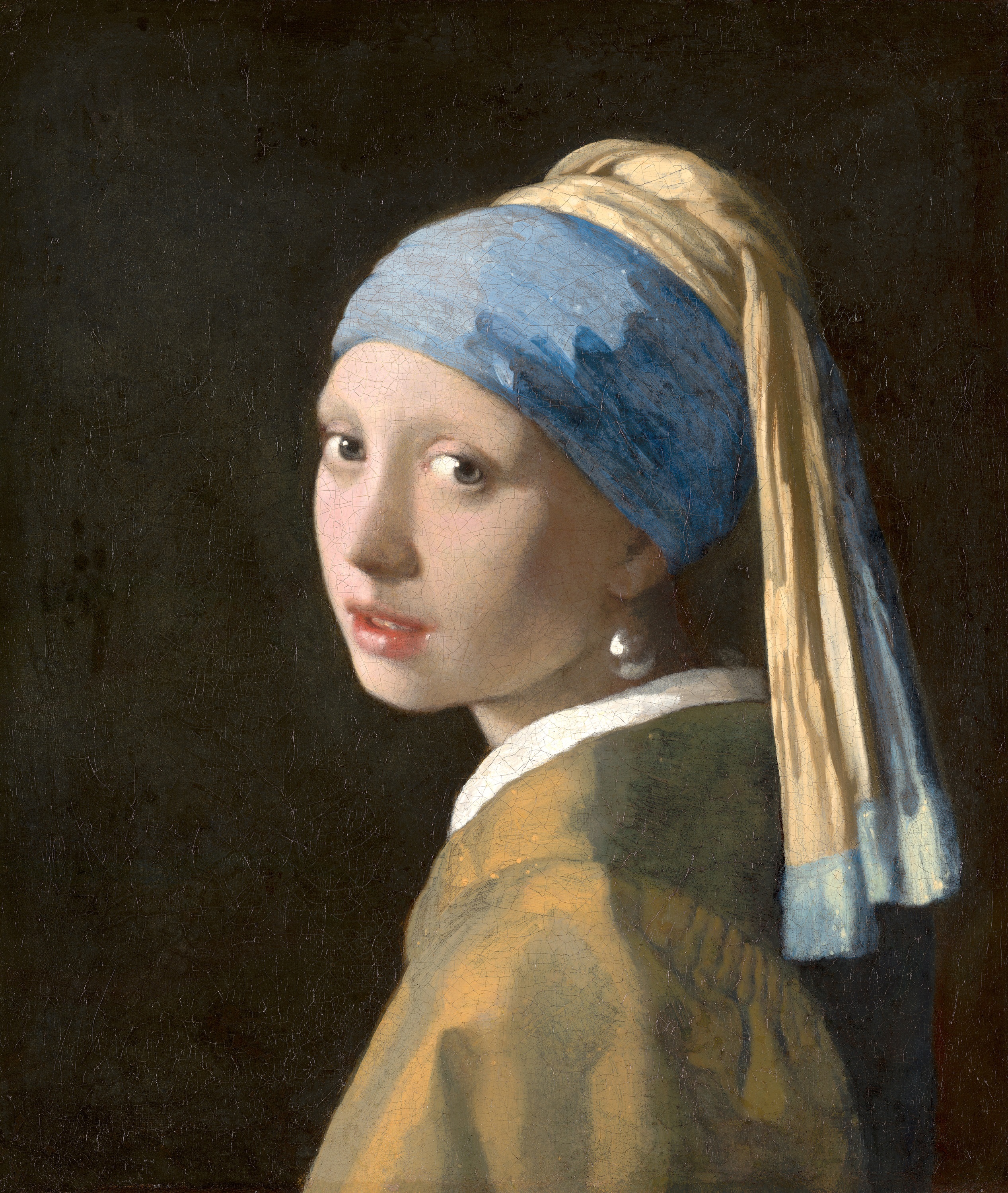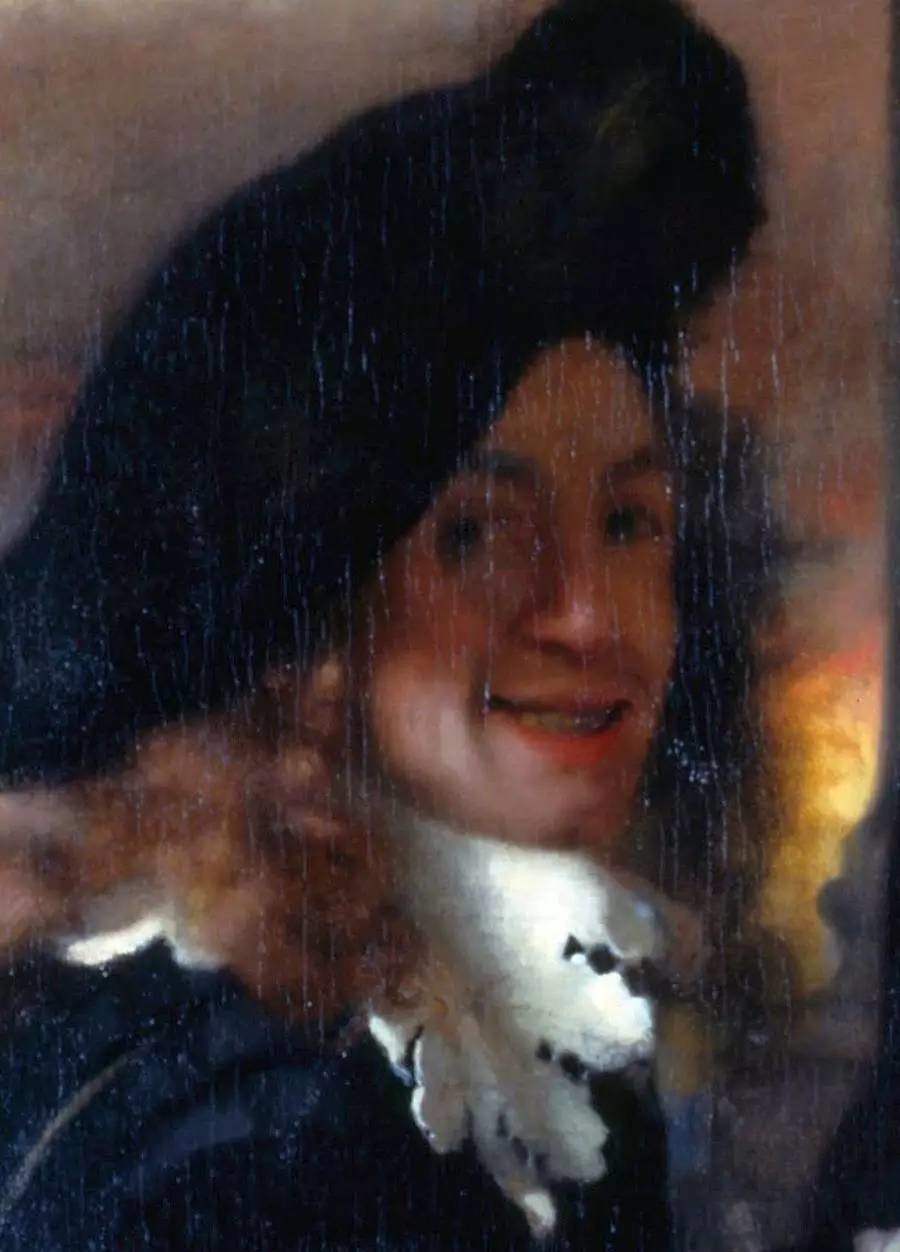With such amazing masterpiece we continue our partnership with Mauritshuis in the Hague, thanks to which we can publish the masterpieces from their collection next three Sundays. Enjoy! :)
The young woman looks at us over her shoulder, holding her head at an angle. Her blue-grey eyes sparkle, her mouth is slightly open, and her lips are moist. Two lengths of cloth, one yellow and the other blue, are wrapped around her head like a turban. Dangling from her ear is a pearl earring, and it is this oversized ornament, so strikingly placed in the center of the composition, that gives this painting by Johannes Vermeer (1632–1675) its name. The pearl is too big to be real. Perhaps it is a drop pearl of glass, varnished to give it a matte finish, but it might also be a product of Vermeer’s imagination.
The painting is a shining example of Vermeer’s virtuosity. The girl’s face is softly modelled, not in great detail but with gradual transitions and invisible brushstrokes. Her clothing, which is more loosely rendered, is enlivened by small specks of paint that suggest the reflection of light—one of Vermeer’s trademarks. Even so, the various materials are clearly differentiated: the thick brushstrokes used for the white collar, for example, are quite different from the dry paint of the turban, for which Vermeer used costly ultramarine pigment.
The most extraordinary feature, however, is the pearl, which was rendered with only a few brushstrokes: at the upper left, a bright highlight, and at the bottom, the soft reflection of the white collar. The turban was not typically worn by Dutch girls in the 17th century. Vermeer used this accessory to turn his model into an exotic, Eastern figure. Rembrandt made many such paintings, which were called tronies. They were not meant to be the best possible likeness of an individual, so they cannot be considered portraits. Although presumably depicting a real-life person, a tronie was intended mainly as a study of a certain character or type.
Girl with a Pearl Earring was not known before 1881, when it appeared at an auction held at the Venduehuis der Notarissen in The Hague. The art collector A.A. des Tombe bought the neglected painting for a mere two guilders, plus the buyer’s premium of thirty cents. After Des Tombe’s death on 16 December 1902, it was disclosed that he had bequeathed twelve paintings to the Mauritshuis, including the Girl with a Pearl Earring. It has meanwhile become one of the world’s most beloved paintings and has even been called the Dutch Mona Lisa.
Here you can read a story behind another Vermeer's painting depicting a young woman.
Dear users: as you may know, we plan to translate DailyArt to new languages. First of all we need to make some software changes and we need $10,000 to make them happen. If you would like to help us you can donate here. Thank you <3


 Johannes Vermeer
Johannes Vermeer